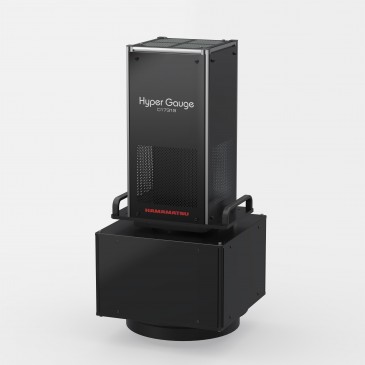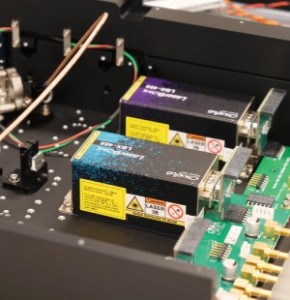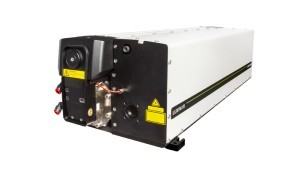
We need to journey toward net zero. This is a statement that has an almost uniquely strong consensus behind it, but the route we need to take to get there is more complicated.
Broadly, consumers, businesses, and lawmakers all agree that more must be done on the issue. And as every business is responsible for at least some emissions throughout their supply chains, every business has at least some part to play on the road to reducing them.
As events like the annual COP conferences continue to focus attention on climate change policy on a global scale, the direction of travel is only moving one way, however slow it might be. If corporate image protection and consumer pressure were not enough to deliver that focus, then stricter environmental regulations such as mandatory government climate risk disclosures certainly should be.
While it is easy to get lost when talking about sweeping global agendas at a macro level, emissions and air quality must also be tackled at a micro level, too. Workplaces and even homes are key players in the fight against emissions.
It is impossible to accomplish any of this without hard data and the intelligent sensors required to collect it. By using sensors to inform hazard mitigation, air pollution reduction, and other ESG policies, businesses can maximise safety, minimise disruption and downtime, and protect people and assets.
Capturing the global agenda
The reason air pollution and sustainability have captured the global agenda is simple; they continue to have a dramatic impact on all aspects of our environment. Air pollution, in particular, has wide-ranging effects on global warming, wildlife, and public health. And while it’s easy to picture power station chimneys belching smoke, or a Dickensian smog that hangs over our streets, the true impact of air pollution is often much more insidious.
Advances in technology and legislation - such as the 1956 Clean Air Act - have significantly reduced the amount of visible smog in the skies, but the UK, for example, has still been in breach of its legal limits for key pollutants since 2010. Several factors are driving emissions of gases and tiny particulate matter (PM2.5) - including an increase in wood burners caused by rising energy prices, and rising use of ammonia-based fertilisers. As a result, the government does not expect to meet its air quality obligations until at least 2030.
Businesses have a huge part to play in driving down emissions, but it is impossible to achieve this without a solid foundation of accurate, detailed data to inform policy. And it is impossible to acquire this data without the intelligent sensors required to collect it. By using sensors to inform hazard mitigation and other ESG policies, businesses can maximise safety, minimise disruption and downtime, and protect people and assets.
Laser absorption spectroscopy
The sensing technology required to chart our journey to net zero is available today and is more affordable and accessible than ever. Any company can monitor their industrial gas usage, emissions, or even just the general air quality around its workplace using laser absorption spectroscopy.
Laser absorption spectroscopy is a powerful tool for detecting trace gases and will be key in tackling the ‘low hanging fruit’ – the emissions that have the biggest impact on climate change. Carbon dioxide (CO2) and methane (CH4) are classified as greenhouse gases due to their ability to strongly absorb infrared light emitted from the Earth’s surface, which effectively traps infrared light emitted from Earth as heat and contributes to the warming of our atmosphere. However, infrared spectroscopy can be used to exploit the infrared absorbing property of CO2 and CH4 and determine the atmospheric concentrations of these gases.
This type of spectroscopy is widely used in the monitoring of atmospheric greenhouse gases, pollution, and respiration processes. It can even be used to analyse the particulate matter in human breath, allowing for a detailed breakdown of the particles that enter and leave our lungs with every breath we take.
The detection is based on how light is absorbed as it passes through a medium. Emitters within the sensor generate beams of IR light which pass through a sampling chamber containing a filter. The filter blocks out light of a certain wavelength, meaning only the required wavelengths make it past the filter to reach a detector. This detector measures the intensity (or attenuation) of the IR light, which can determine the precise concentration of gas that may be present. Different filters allow different wavelengths of light to reach the detector, which can, in turn, be used to detect different gases and distinct particles.
Newer gas analyser instruments use a laser diode mounted on a thermo-electric cooler to tune a laser’s wavelength to the specific absorption wavelength of a particular molecule. They exploit their high-frequency resolution, which results in enhanced sensitivity - more significant levels of interaction between gas molecules and light in the order of parts per billion - and discrimination, as they are tuned to specific gas compounds. This eliminates the potential for false alarms, a known issue with other commonly used gas detection technologies.
These sensors offer fast response times and accurate results without using any additional gases to operate. This technology has advanced to the point of detectors that continuously monitor for combustible gases and vapours within the lower explosive limit and provide alarm indications. These can be deployed within oxygen-deficient or enriched areas, require little calibration, and are immune to sensor poison, contamination, or corrosion.
As the requirement for transparent data around air quality has dramatically increased from a variety of stakeholders in recent years, sensor manufacturers are demanding increasingly high-performance filters at more affordable prices. Something as simple as an upgraded spectroscopy filter can be the difference that sets one sensor apart from another as businesses seek the technology to help mitigate their emissions.
Mapping our planet’s future
Air pollution measurement instruments serve multiple purposes. They can help neutralise immediate threats, like toxic gas leaks, to keep employees and the wider public safe. They can also protect businesses from a legal standpoint by helping them comply with ever-evolving, increasingly complex environmental legislation.
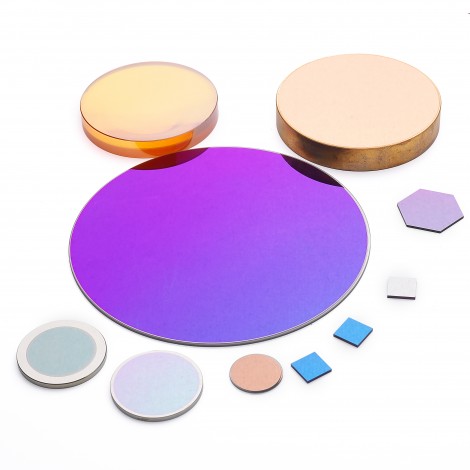
Most importantly, though, these advanced instruments can be a powerful tool of change that can shape public perceptions and behaviours around air pollution. Through the release of detailed information that can be used to inform the public through warnings, emergency alerts, and general education, it is possible to inspire billions of people across the world into firmer action.
Having real-time data on hand can ensure that the right people act when needed and control measures can be put in place and continuously evaluated. This will help employees and the public safeguard themselves and take action – however small – to remedy the problem, just as they might work to reduce energy waste or recycle to help combat other factors harming our environment.
It is impossible to deal with a problem that we are unable to see clearly. By making the invisible threat of air pollution visible through accurate data, we can begin to mitigate and even eliminate harmful emissions from many industries. It is impossible to navigate these turbulent waters without the data to act as our map and compass. Through precise sensing technology, we can chart a safe course to Net Zero – and bring the general public with us.
Umicore Coatings Services is one of the leading manufacturers and suppliers of infrared precision optical filters and coatings to some of the most demanding specifications and applications.
Written by Mark Naples, General Manager, Umicore Coating Services






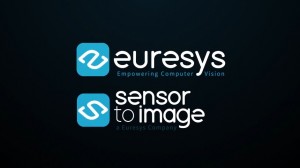
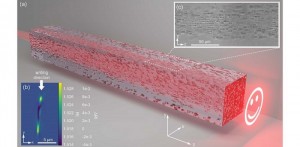
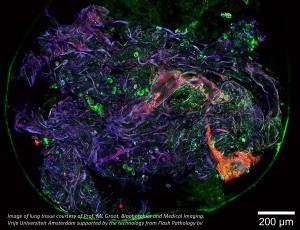

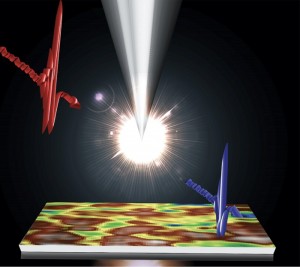
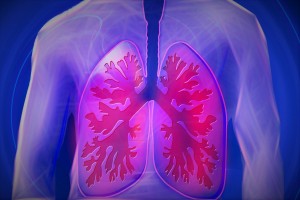
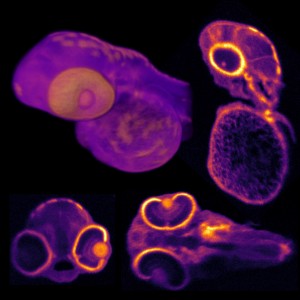


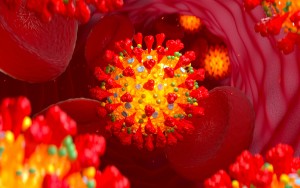















 Back to Features
Back to Features